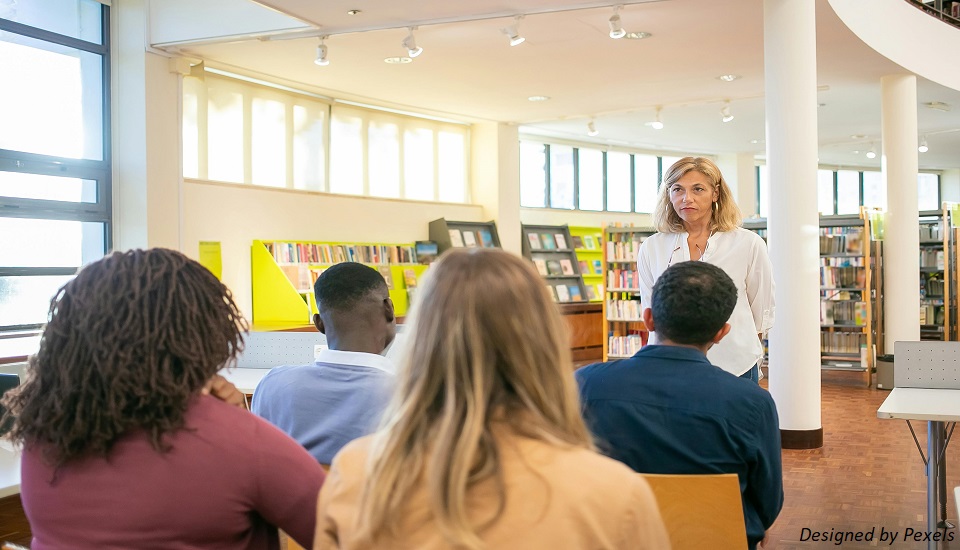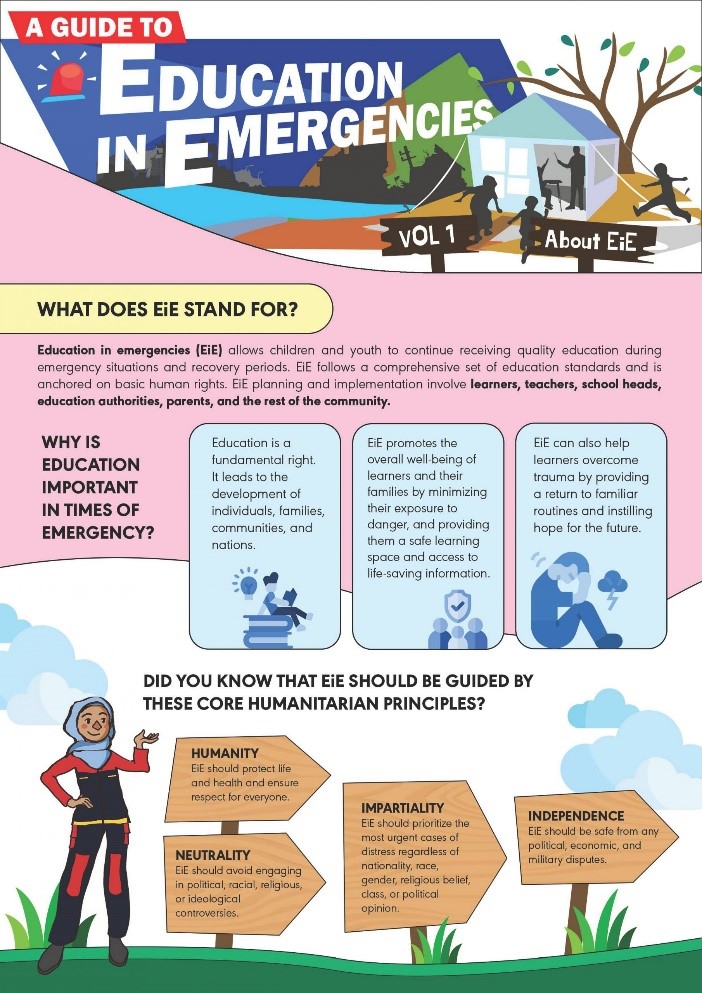How to Help Students with Special Needs Continue Learning During Emergencies?
30th April 2025

Imagine a situation where schools are closed because of a war, flood, earthquake, or pandemic. Now think about how much harder it becomes for children with disabilities to keep learning during these emergencies.
Research reveals children with disabilities are 2.5 times more likely to never attend school compared to their peers. During an emergency, this gap only gets wider. As a school leader or administrator, your role is important in ensuring a disability-inclusive education. You do not need fancy equipment or lots of money - just some smart planning and care for every student in your school community.
What Makes Learning Hard for Children with Disabilities During Emergencies?
School leaders who completed a Diploma Course in Learning Disability, understand that Education in Emergencies (EiE) is all about making sure children can continue their education even when life turns upside down.
But before looking at solutions, let's have a look at the problems these children face when emergencies happen:
- Getting to School Gets Harder
During disasters, school buildings might be damaged or new learning spaces might not work for students who use wheelchairs or have trouble walking. Think about a child who cannot even enter the classroom because there is no ramp.
- People's Attitudes Can Hurt
Sometimes people think children with disabilities cannot learn as well as others. This wrong thinking can make these children feel left out. Even some teachers might believe this without meaning to hurt anyone.
- Money Problems Get Bigger
When emergencies happen, families struggle with money. They might not be able to afford special equipment, transportation, or medical care that their children with disabilities need to attend school.
- Rules Do Not Get Followed
Many countries have laws saying all children should get an education, but during emergencies, these laws often get forgotten. Emergency plans might not think about what children with disabilities need.
- Teachers Are Not Ready
Most teachers don't know how to help children with disabilities during normal times, let alone during emergencies. Without simple tips and training, even caring teachers might feel stuck.

https://www.seameo-innotech.org/
7 Simple Ways to Help All Children Learn During Emergencies
Here are seven easy things you can do as a school leader to make sure every child, including the SEN children, keeps learning, even when times get tough:
1. Ask the Local Community to Help
The people who live in your area know what is needed better than anyone else. Talk to parents, community leaders, and people with disabilities themselves. Hold meetings where everyone can share ideas. When local people feel ownership of education plans, the solutions work better and last longer.
Here's a good example: You could create a small team of parents, teachers, and community members. Hold meetings, once a month, to discuss how to make education work for everyone during hard times.
2. Collect Better Information About Students with Disabilities
You cannot help students if you do not know what they need. Use simple forms to gather basic facts about children with disabilities in your school. Talk to families directly. Keep easy-to-use records. Studies show most schools in poorer countries only correctly identify about 10% of children with disabilities. With better information, you can use your limited resources in the right places.
For example: Make a simple list of which students need extra help with reading, moving around, hearing, seeing, or understanding lessons. Update this list regularly.
3. Start Helping Early
Quick, simple help makes a big difference. Even basic speech practice, emotional support talks, or movement training can keep these children learning when school routines change.
Studies show that early help makes a huge difference in how well children learn and how they feel about themselves. You don't need fancy programs - even small amounts of help can change a child's future.
4. Make Learning Places Welcoming for Everyone
During emergencies, simple changes make huge differences in who can access education. Moving classes to ground-floor rooms helps students who struggle with stairs. Clearing pathways of debris and obstacles ensures wheelchair users can move around safely. If printed materials are hard to read, larger print versions or audio recordings of the same content can help. Pictures and visual aids help students who learn better by seeing concepts rather than just hearing about them.
Remember that true access means more than just having children show up. It means every child can fully join in all activities and feel like they truly belong in the learning space. Even temporary shelters or makeshift classrooms can be set up with accessibility in mind from the beginning.
5. Make Small Changes to Help Students Succeed
Adjust your classroom rules to give every child a fair chance. Allow extra test time for students who need it. Let some answer questions by talking instead of writing. Find sign language help when possible. Change homework to match different abilities.
These are not special favors - they are fair adjustments that create equal chances to learn during tough times. After all, the goal is to remove barriers without lowering standards.
6. Take Care of Your Teachers
Support the people who teach your students every day. Give teachers quick training on including diverse learners. Create times when they can share problems and solutions about teaching during emergencies. Thank teachers who find creative ways to include everyone.
Note that teachers face their own challenges during hard times while still helping students. When teachers feel supported, they can better support every child in their classroom.
7. Remember That Education is Every Child's Right
Treat education for students with special needs as their fundamental right, not an act of kindness. Build all school policies and emergency response plans on this foundation of equal rights. This shifts your thinking from 'helping out of goodness' to 'ensuring what rightfully belongs to every child.'
This rights-based approach naturally builds a school environment where respect flows naturally and all students are valued equally for who they are.
Bottom Line
Emergencies may shake the world, but they cannot be allowedto shake a child's right to education. As a school leader who graduated from an Online Learning Disabilities Course, you have the power to make your institution a beacon of hope. The small steps you take today can open doors of opportunity for every child tomorrow.
Written By : Laura Taylor

